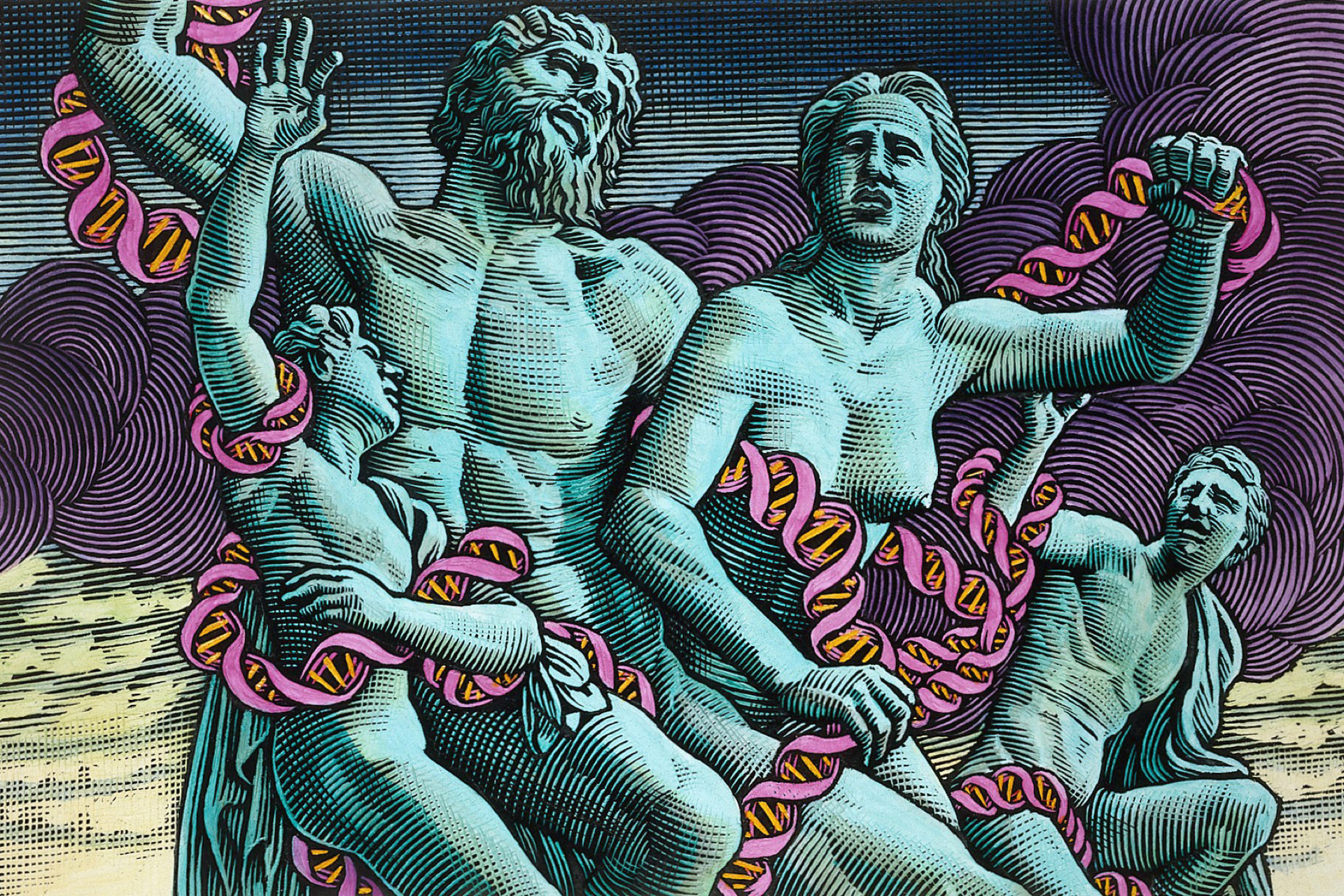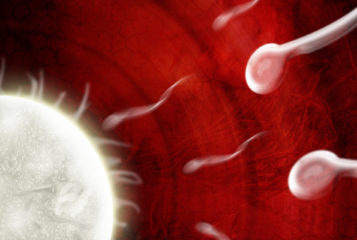October sees the enactment of almost the entire Human Fertilisation and Embryology (HFE) Act 2008, including the new disclosure provisions for donor-conceived individuals and gamete/embryo donors. In this commentary I outline the amended disclosure provisions and highlight a number of issues raised by these changes.
Section 24 of the 2008 HFE Act replaces section 31 of the 1990 HFE Act with new sections 31 - 31ZG. In summary, the changes to the 'Register of Information' (held by the Human Fertilisation and Embryology Authority (HFEA)) are as follows: first, a reduction in the age at which a donor-conceived individual can seek information about their donor, from 18 to 16, although identifying information will not be provided until they are 18 (s.31ZA) (1). Second, at 16 a donor-conceived person will be able to seek information about the number, sex and year of birth of their 'donor-conceived half-siblings', conceived using gametes of the same donor - but not information regarding the 'donor's legal children' (s.31ZA(2)(b)). Third, however, the HFEA has some discretion not to release this information in 'special circumstances' where disclosure would be likely to lead to the identification of the donor or any of the 'donor-conceived half siblings' (s.31ZA(6)). Fourth, regarding consanguinity, at 16 a donor-conceived person can seek information as to whether or not they are genetically related to someone they intend to marry, enter a civil partnership or intimate physical relationship with (or are already having), providing that person consents to the request (s.31ZB). Fifth, at 18, donor-conceived individuals can seek identifying information about their 'donor-conceived genetic siblings' (provided neither is the donor's legal child), although all 'siblings' must consent to the disclosure. There is a further caveat that disclosure must not lead to the donor's identity being released, unless they have also consented or provided gametes at a time when the regulations require this information be provided (s.31ZE).
The sixth point sees the introduction of some reciprocity following the prospective removal of donor anonymity in April 2005; that is, the HFEA has the power - but not a duty - to inform donors that identifying information has been applied for, but they cannot disclose the identity of the person seeking it. Seventh, all donors who have provided gametes under the auspices of the 1990 Act can seek information about the number, sex and year of birth of children born as a result of their donations; again the HFEA can, in 'special circumstances' refuse to provide this information if it would lead to the identification of any of these individuals (s.31ZD).
Five key points can be made about these provisions. First, wider disclosure of information is only useful to those who know or suspect they are donor-conceived and contact the HFEA. As there is no legal duty to inform individuals of the mode of their conception, the potential impact of these changes may be limited.
Second, disclosure of identifying information about one's genetic (half-)siblings is (understandably) centred around mutual consent. Consequently, if the other parties are unaware of the circumstances of their conception, or do not place significance on knowledge of their wider genetic origins, then a donor-conceived person's search for information and/or contact could be frustrated at an early stage.
Third, the 2008 Act contains mixed messages about the importance of genetic ties. Genetic links between donor-conceived half-siblings are accorded significance and information sharing will be facilitated through the Register. However, others - notably the donors' 'legal children' - who in genetic terms are equally 'related' - fall outside the facilitative processes of the statute. Thus these ties are rendered unknowable unless the donors choose to make them known (although it is possible that the use of social networking and other genealogical tools may provide other avenues of information in the future) (2).
This links to the fourth point: the limitations on access to information seem to protect various interests at different junctures. As donor-conceived individuals cannot seek access to any information about their gamete donors until they are 16, the 2008 Act seems to retain most of the protection accorded to recipient(s) and their family(ies) originally provided by donor anonymity. Hence, the purported spectre of the donor infringing the family life of the recipients is limited, not least as donor-conceived individuals cannot seek identifying information (where applicable) until they reach the age of majority. Therefore, the possibility of a donor-conceived individual seeking to meet with their donor(s) appears to be precluded during childhood. An interesting question is raised regarding families where the same donor was used to conceive two or more siblings, where the eldest child might seek access to this information and/or to contact the donor whilst his or her siblings have not yet reached majority; yet the explanatory notes are silent on this issue. The 'protection' afforded to the recipient family may therefore be more vulnerable to challenge than initially thought.
However, as outlined above, with regard to seeking information about one's half-siblings, the statute makes clear that identifying information will not extend to the donor's legal children. This points to a protection of the donor's 'legal' family, and especially his or her children, from possible contact by those who happen to be their genetic (half-)siblings but legal strangers. This is likely to reflect a concern to protect donors, notably their privacy, and to ensure continued donation.
Fifth, the provision of information is subject to the discretion of the HFEA in 'special circumstances' where there is evidence that it will lead to the identification of others who ought not to be identified. There is potential protection of the anonymity of both donors and donor-conceived persons here, but until this is tested it is difficult to envisage how this provision will be interpreted and applied. Nonetheless, its inclusion in the legislation highlights the state's continued interest in controlling the information flow about and between these parties.
Therefore, at first glance, the 2008 Act indicates the facilitation of a wider disclosure of information, both non-identifying and identifying, than under the previous legislation. However, examination of its provisions illustrates that in practice this may fall short of the mark. It remains to be seen whether the discretion granted to the HFEA will be utilised in ways that deny, protect or promote further knowledge of specific donor-conceived individual's wider genetic heritage (3).
Sources and References
-
2) This assumes contact is made between the donor-conceived individual(s) and the donor, and that the donor has, in fact, 'legal' children of his or her own (it also assumes these were conceived by the use of the donor's own gametes and were not adopted or indeed donor-conceived).
-
3) Some of the ideas here are explored further in Jones, C., 'The Identification of 'Parents' and 'Siblings': New Possibilities under the Reformed Human Fertilisation and Embryology Act' in Wallbank, J., Choudhry, S. and Herring, J., Rights, Gender and Family Law (Routledge-Cavendish, GlassHouse, forthcoming 2009).
-
1) Identifying information will only be given where gametes were donated at a time when it was a requirement to provide this data to resulting children, or where the donor has subsequently voluntarily relinquished their anonymity.






Leave a Reply
You must be logged in to post a comment.